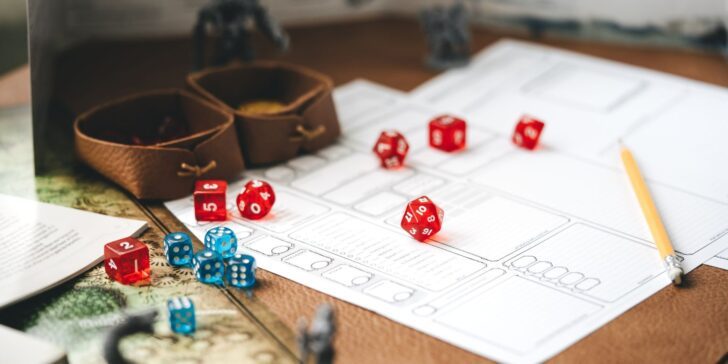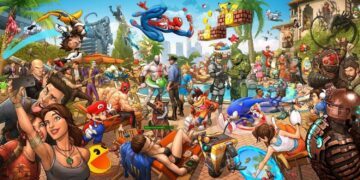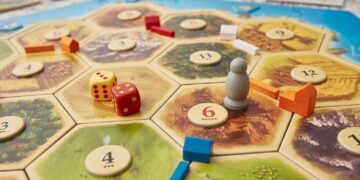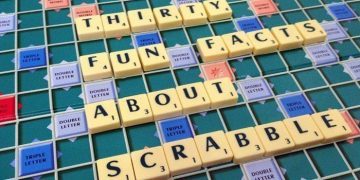Dungeons & Dragons is an incredible tabletop roleplaying game requiring creativity, strategy, and team spirit.
The dungeon master tells the story of characters and adventures, playing the role of a referee. They help players weigh their options and the risks of choosing a path.
What sets this game apart? The storyline isn’t set in stone. Therefore, even without a screen, players have unlimited epic adventures.
Fifty years ago, when D&D was first released, it marked a genre-defining moment in the world of roleplaying games.
If you’re one of the millions of fans who enjoy this game, here are some cool facts you should know.
The longest-running Dungeons & Dragons campaign has been going on for 43 years.
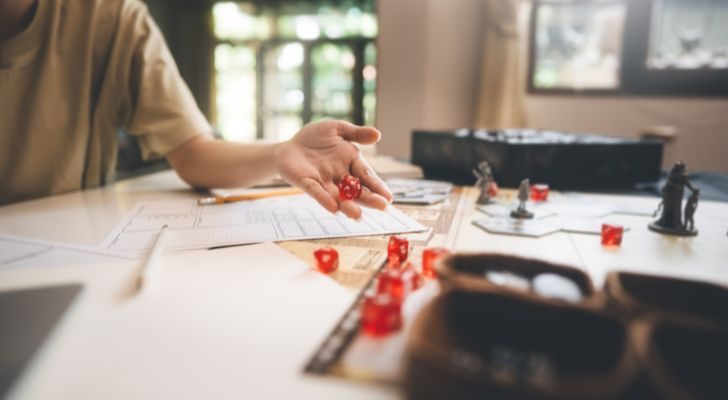
In 1982, a man from Canada, Robert A. Wardhaugh, started a D&D campaign with just four players. And it has continued uninterrupted until today, making it the longest-running D&D game in history.
As time went on, more people joined Wardhaugh’s game. Today, there are about 60 players, and they even play virtually via Zoom.
The largest Dungeons & Dragons game featured 1,227 players.
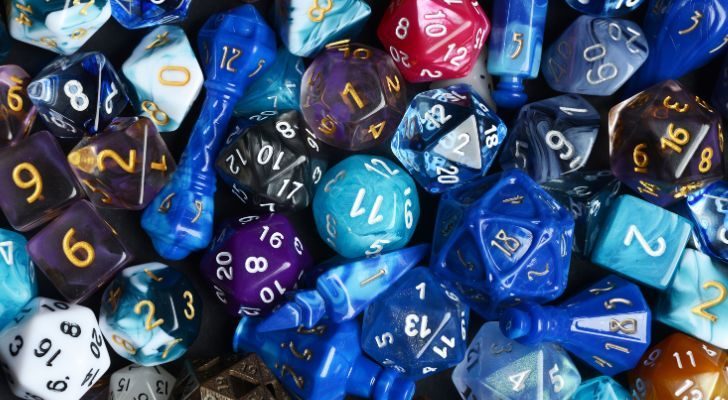
On April 22, 2023, 1,227 people gathered to play D&D in the small city of Provo, Utah.
This officially became the largest D&D game ever recorded by Guinness World Records.
Dungeons & Dragons wasn’t originally made as an independent game.
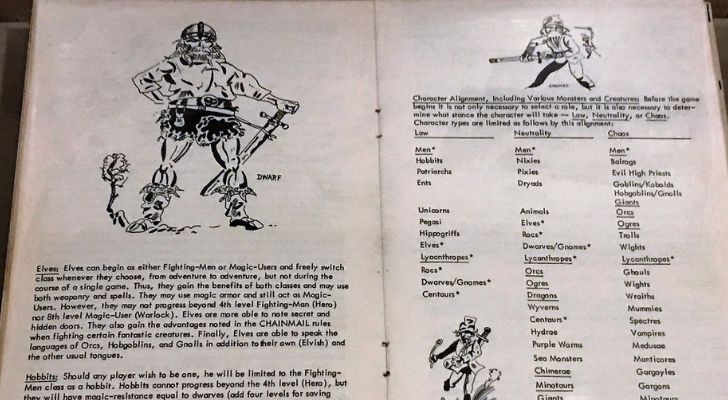
D&D was first released in 1974 as an expansion pack for the popular wargame Chainmail. Gary Gygax and Dave Anderson designed it.
Surprisingly, it was a huge success, so the designers relaunched it as a standalone game. Over time, Chainmail began losing its fanbase as D&D took over.
It cost only $2000 to make the first Dungeons & Dragons game set.

The entire game pack for D&D was made on a slim budget of roughly $2000.
Gygax set aside only $100 for the game’s artwork. He contracted locals, including his wife’s half-sister, Keenan Powell, for the job, paying them $2 to $3 per art piece.
As expected, the work didn’t turn out great, but thankfully, the audience didn’t mind too much.
Nobody wanted to publish Gygax’s first Dungeons & Dragons game.
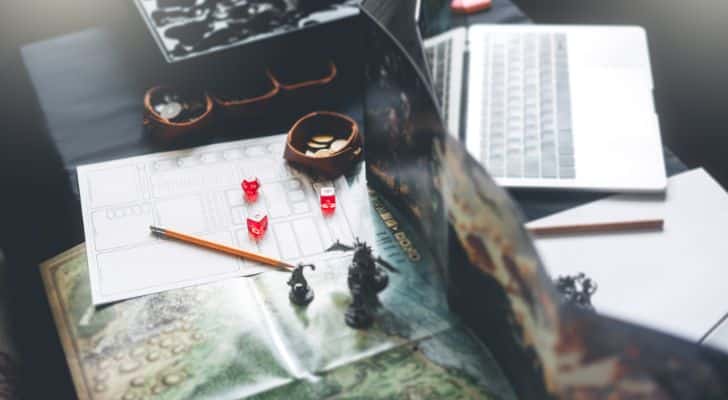
After developing the D&D game, Gygax ambitiously approached big game companies like Avalon Hill.
Sadly, they turned him down because they couldn’t understand how the game worked without winners or losers.
Eventually, Gygax gave up on trying to market the game to publishers. He partnered with his buddy Don Kaye to set up the company Tactical Studies Rules (TSR) to publish it themselves.
The fate of the Dungeons & Dragons game was uncertain when Gygax got kicked out of the company.
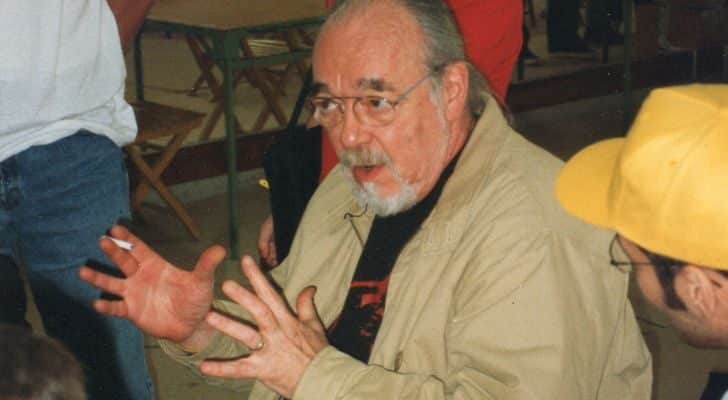
Despite being the co-founder of TSR, Gygax was forced out when it became a major corporation. With him out of the picture, the executives almost ran the company to the ground with bad business decisions.
The fall of TSR could have led to the death of D&D. Thankfully, another company, Wizards of the Coast, bought TSR, securing the game’s future.
Gygax’s children helped him perfect Dungeons & Dragons and chose its name.
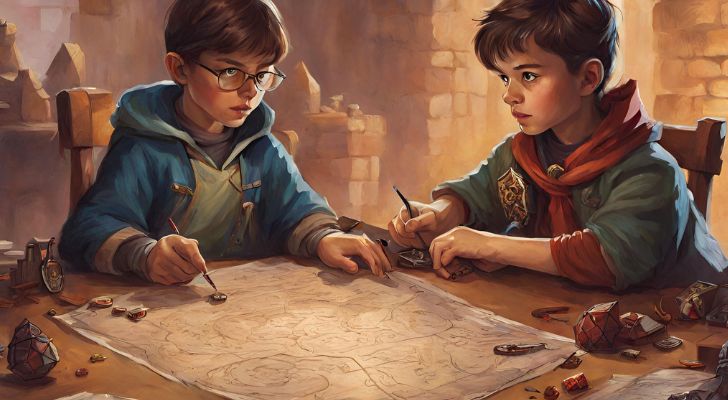
Gygax’s 11 and 9-year-old kids were among the first to playtest D&D. His friend and co-founder of the company, Don Kaye, also joined in testing the game.
After he perfected the game, Gygax needed to figure out a name for it. He played around with fantasy themes, and with the help of his four-year-old daughter, Cindy, he finally settled on Dungeons & Dragons.
Dungeons & Dragons tripled in sales within a year of its release.

In the first month that D&D was released, it sold roughly 150 copies. But by the time summer came around, TSR had to order an additional 1,000 copies.
The game just kept getting more popular as time passed, and in the following year, 1975, TSR sold 3,000 D&D sets.
When Dungeons & Dragons first came out, it was considered too expensive.

It was ten dollars for a set, and while that might not sound like a lot, it’s equivalent to $64.24 today.
That doesn’t seem like a lot now, with board games regularly selling for over $100, but games used to be much cheaper back then.
Another challenge fans of the game faced in the early years was that it was hard to come by. For this reason, pirated copies were everywhere.
Several modern video games are inspired by Dungeons & Dragons.

Dungeons & Dragons was the pioneer roleplaying tabletop game, defining the fantasy genre. It didn’t just inspire other tabletop games, but it also influenced video games.
Some popular video games that have incorporated D&D themes and designs include Final Fantasy, Baldur’s Gate 3, and Pathfinder.
Dungeons & Dragons was accused of promoting Satanism.
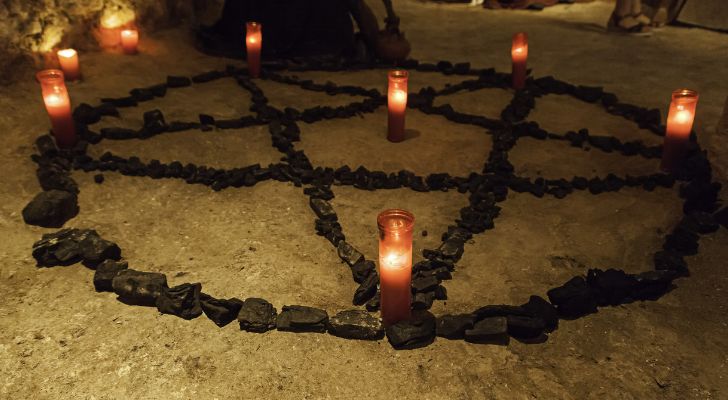
Perceptions of D&D were largely negative in the 80s, causing religious panic and associations with the worship of Satan.
To add to the hysteria, there was a string of violent crimes committed by individuals with a history of playing the game.
Rather than looking at underlying causes, the general public blamed D&D.
Several news networks ran stories about the dangers of playing the game. As if that wasn’t enough, D&D paranoia became a common trope in books and movies like Mazes and Monsters.
The first Dungeons & Dragons movie, released in 2000, flopped at the box office.
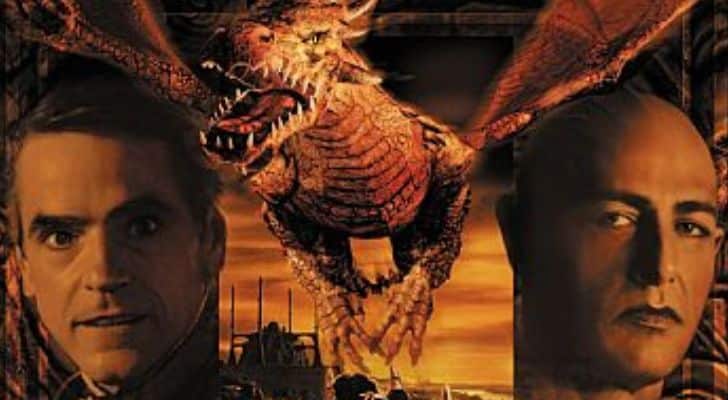
The fantasy film with the same name as the game was made with a $45 million budget. Sadly, its disappointing run in theatres only realized $33.8 million.
Several reasons contributed to the failure of this project, including poor acting and amateurish computer effects.
It received eight nominations at the Stinkers Bad Movie Awards, including Worst Picture and Worst Sense of Direction.
Marvel made a Dungeons & Dragons cartoon.
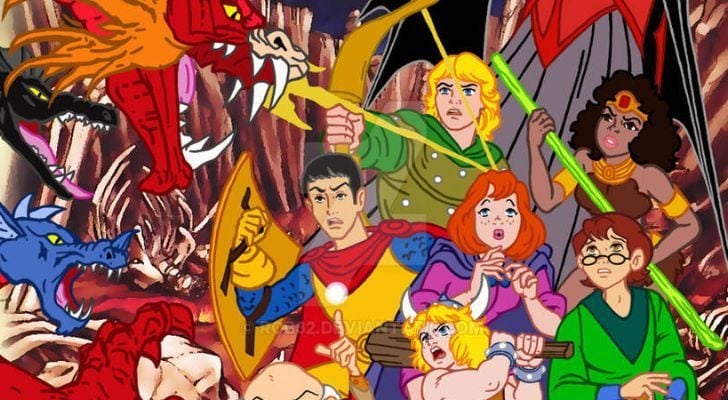
From 1983 to 1985, TSR partnered with Marvel to make a 27-episode animated series about D&D. It was controversial because it featured some scenes with heavy violence.
Television shows helped transform Dungeons & Dragons from uncool to popular.

Initially, if you said you played D&D out loud, you were a nerd; plain and simple, there was no denying it.
But it has become mainstream with celebrated TV shows like Big Bang Theory and Stranger Things showing the game some well-deserved love.
Nowadays, playing D&D doesn’t make you awkward. Many celebrities, like Drew Barrymore and Matthew Lillard, admit to loving the game.
Playing Dungeons & Dragons can help sharpen your math skills.

Players need to understand how probability works to be great at the game. Being able to perform simple mathematical tasks quickly is also a plus.
Young players taking D&D seriously could practice basic arithmetic and get confident performing calculations.
D&D also supports critical thinking and language skills.
There’s a recalled Dungeons & Dragons module from the 1980s that is almost impossible to find today.
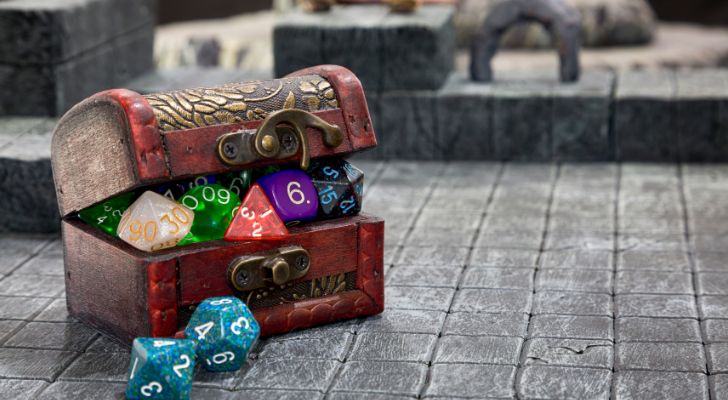
The original Palace of the Silver Princess module was released in the 1980s. But it had barely hit the shelves before being pulled for its racy content.
It featured inappropriate images on the cover and inside pages. It was ultimately reprinted without all the controversial images.
You can bring the Dungeons & Dragons fantasy into your kitchen with fun recipes.
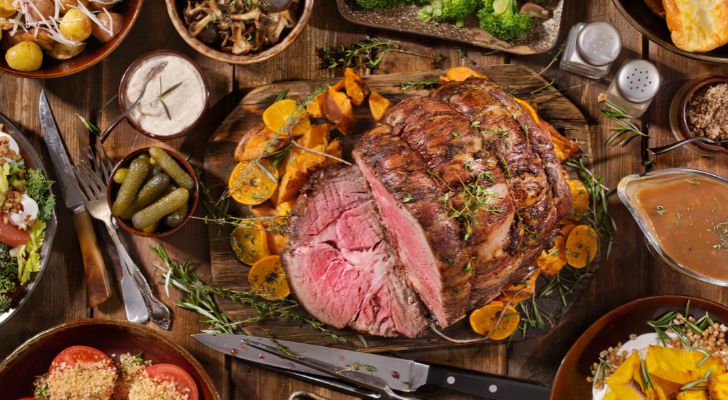
As a true fan of the game, there are no limits to the adventure, even in your kitchen. This is why Wizards of the Coast worked with real-life chefs to create the D&D cookbook Heroes’ Feast.
Heroes’ Feast features lots of fun recipes with simple ingredients that anyone, from noobs to experts, can try.
A sequel was released in 2023, containing more fun dishes to bring your imagination to life.
There’s a special day dedicated to celebrating Dungeons & Dragons.
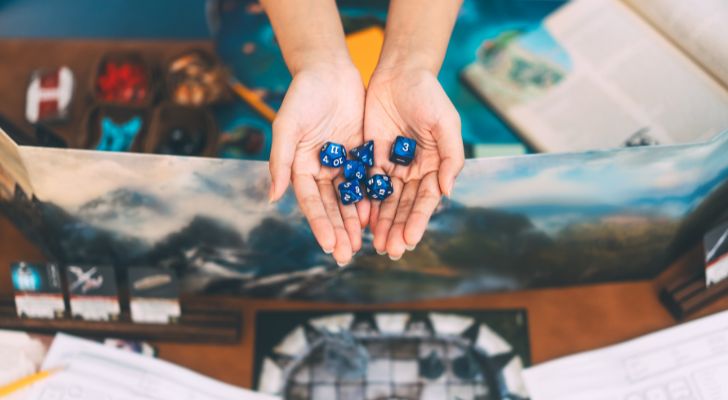
January 26 is Dungeons & Dragons Day, so lovers of the game hold celebratory campaigns in its honor. They take pride in wearing D&D merchandise or even dressing up as their characters for a special D&D session.
July 27, Gygax’s birthday, is also special to fans of this roleplaying game and is celebrated just like D&D Day.
The Dungeon and Dragons game inspired the hit TV series Stranger Things.
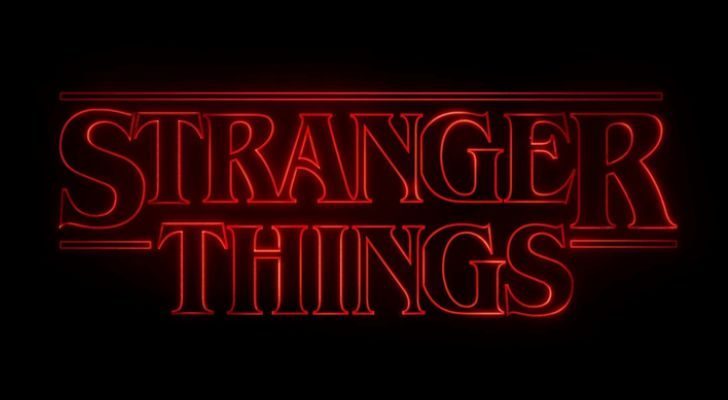
Many of the main characters in Netflix’s Stranger Things are huge D&D fans. And this hobby comes in handy as they navigate the mysterious occurrences in Hawkins.
You’ll see more evidence of the game’s influence in the show when you look at monsters like Vecna and the Mind Flayer.
According to the show’s creators, it’s almost like the characters are stuck inside a D&D campaign.
Dungeons & Dragons isn’t allowed in some prisons.

In some US correctional facilities, D&D and related materials are banned outrightly, so inmates can’t play.
But even in the places where it’s allowed, inmates don’t have access to dice.
Since they can’t get this contraband item, they sometimes get creative by making special spinners or dice with toothpaste.
From geeky pastime to cultural phenomenon, Dungeons and Dragons has had quite the journey.
The game’s diverse player base cuts across generations, including young kids and the elderly. As a bonus, players get to sharpen their math, language, and analytical skills.
This game opened up the world of fantasy roleplaying games and inspired several films, video games, cartoons, and cookbooks.

